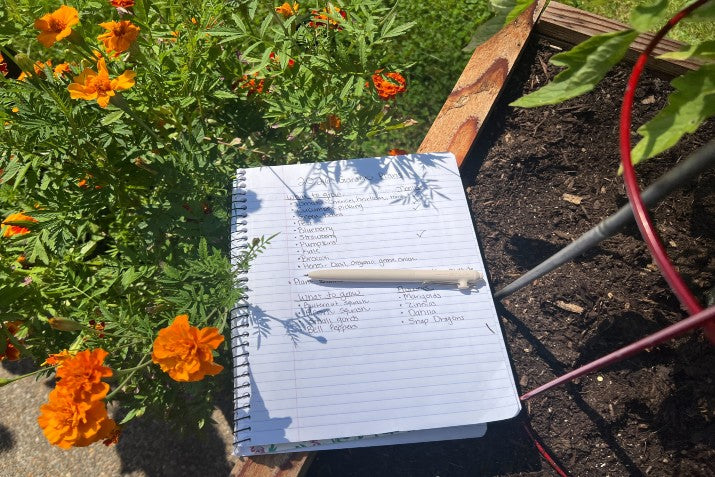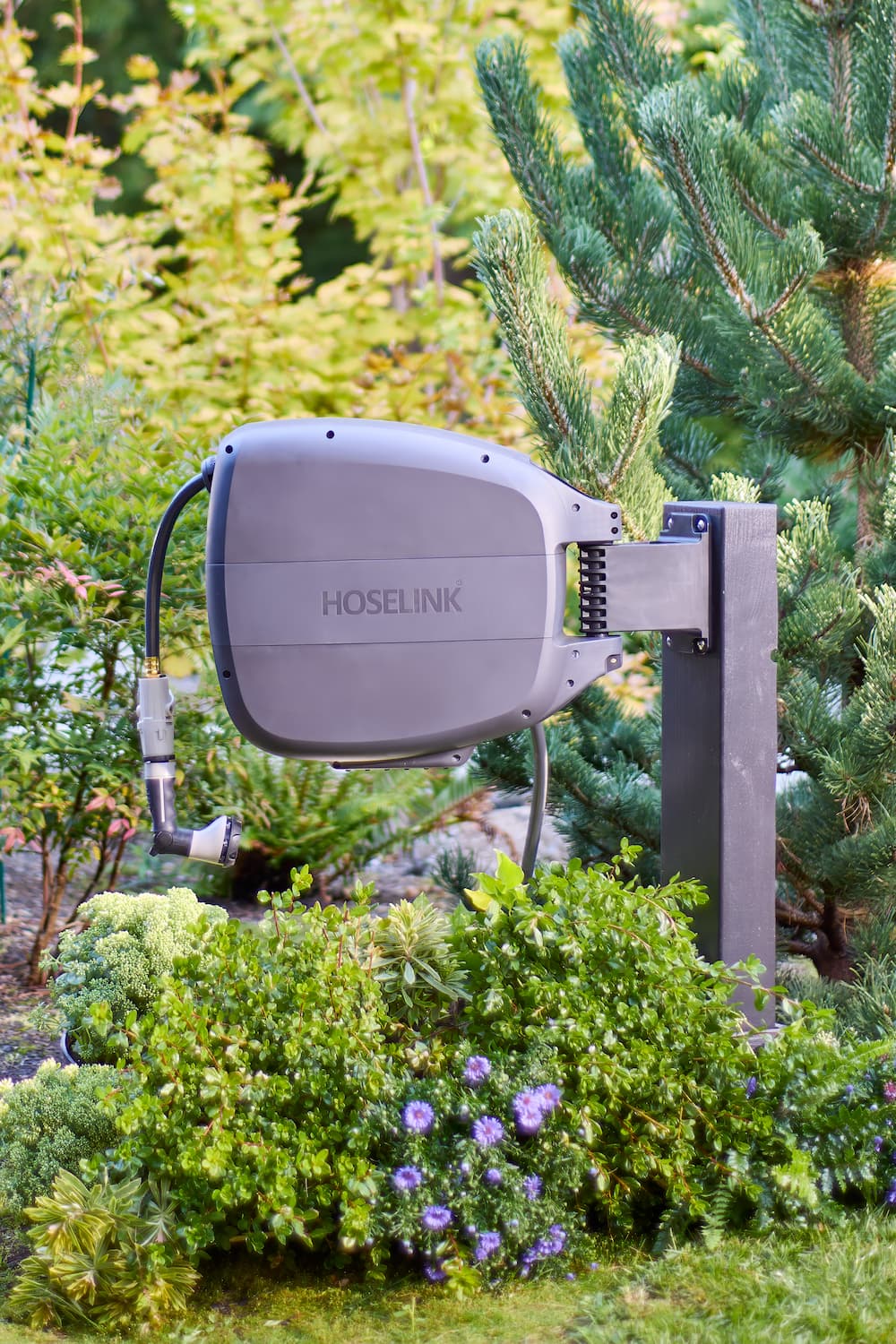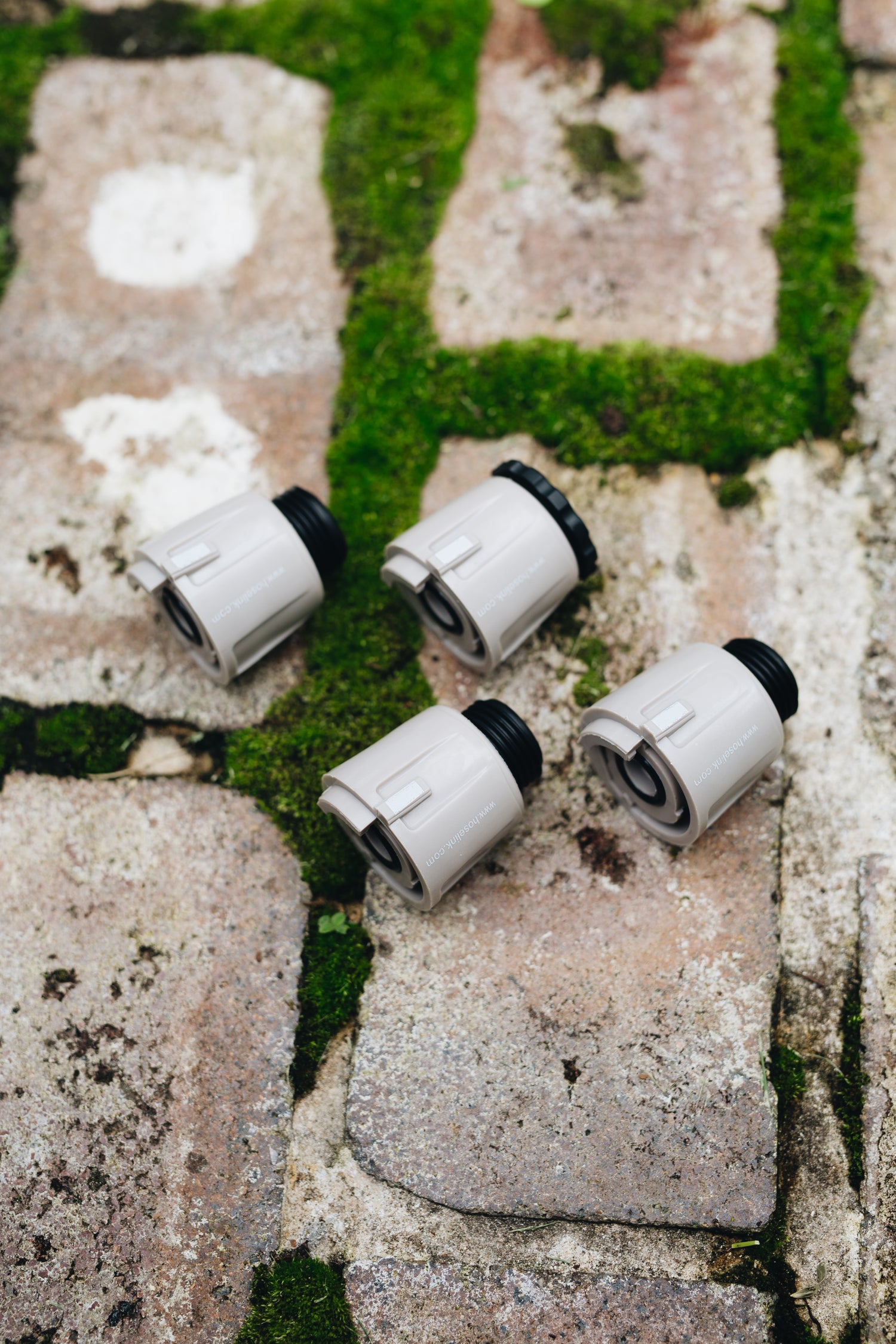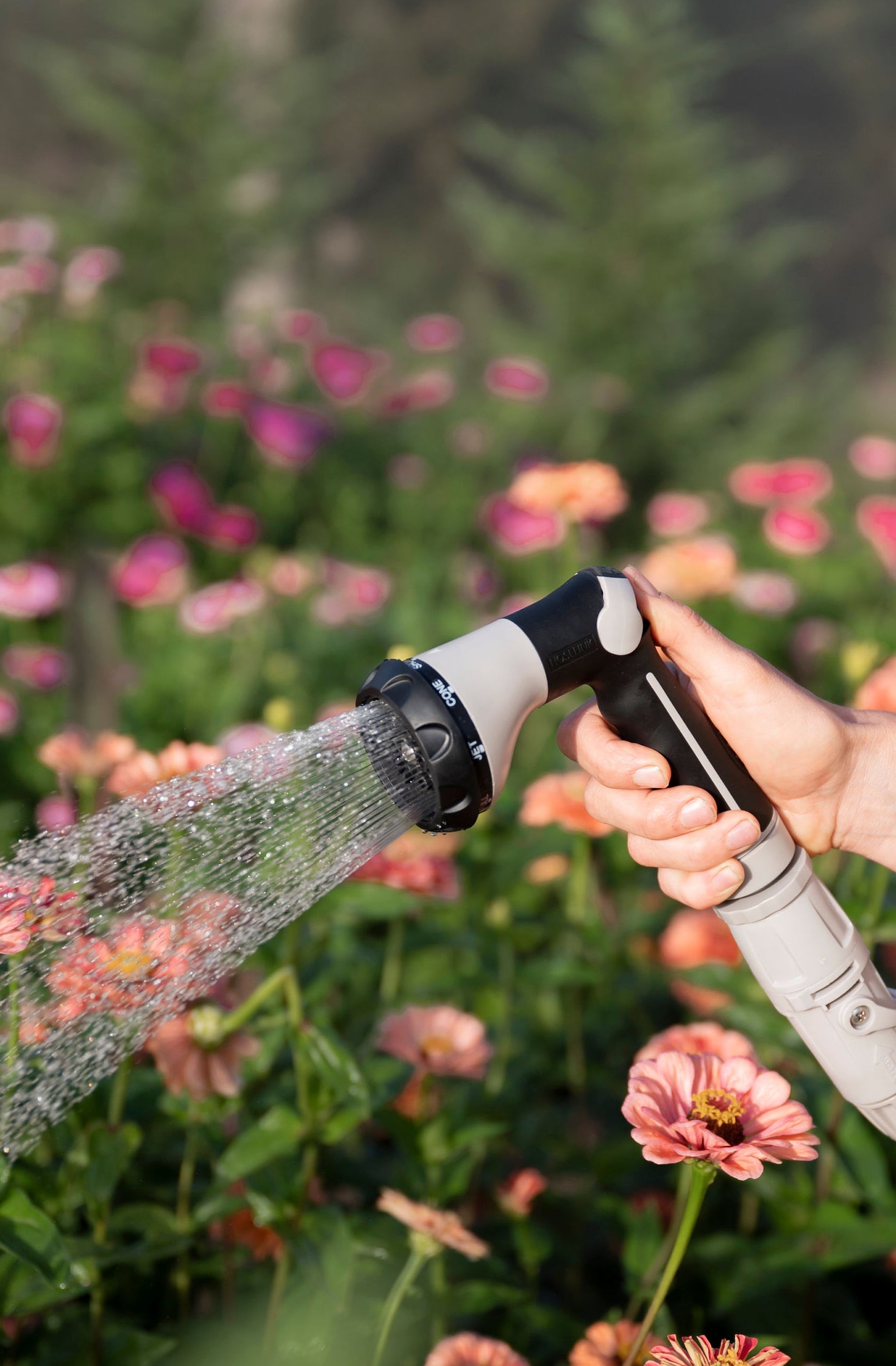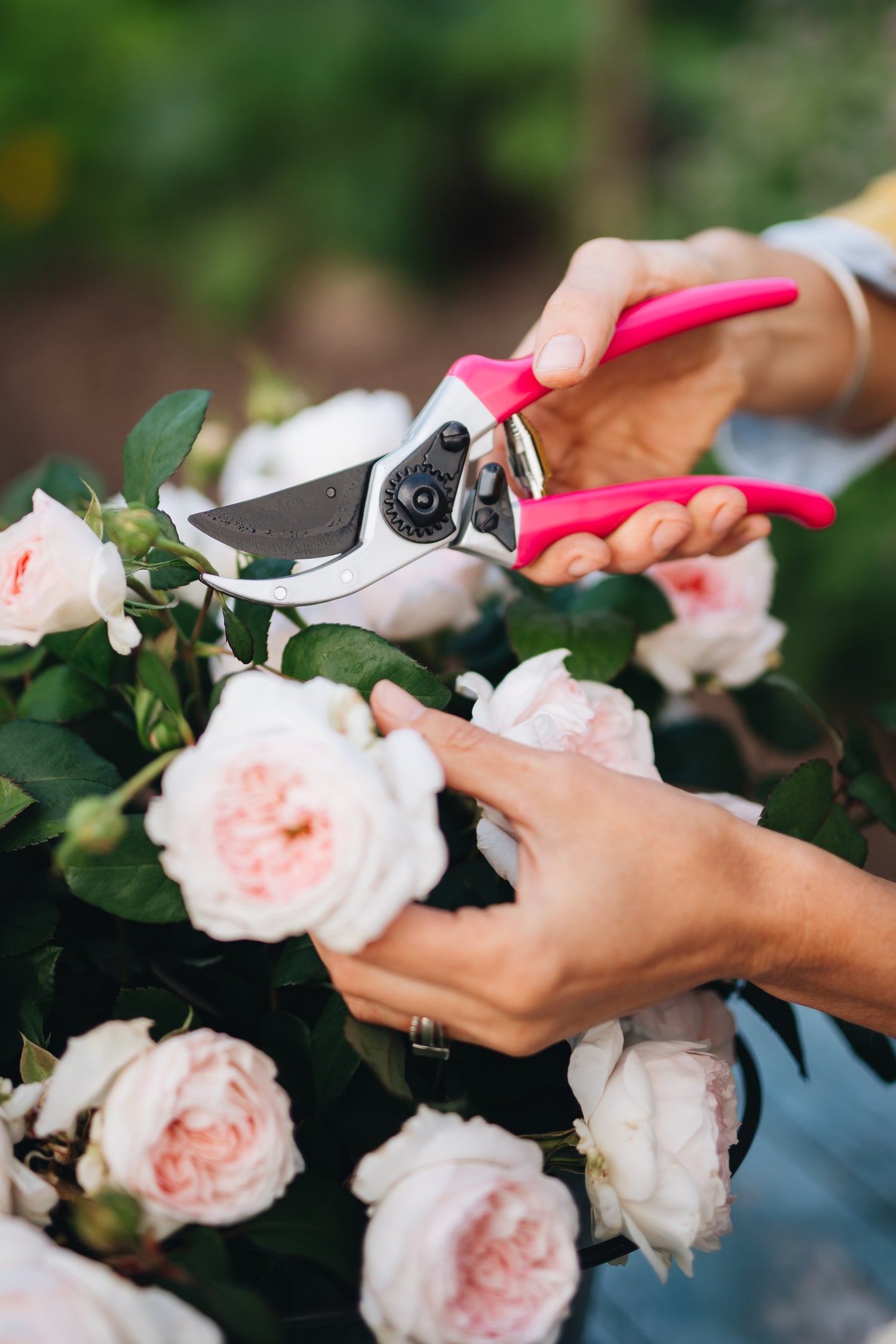Gardening is as much about reflection as it is about action. Whether you’re a seasoned gardener or just starting your first raised bed, keeping a garden journal can transform the way you grow. It’s more than just a record of what you planted—it’s a tool for learning, experimenting, and dreaming about the possibilities for next season. In this post, we’ll explore why garden journaling matters, what to track, how to use your journal effectively, and tips to make it a joy rather than a chore.
Why Garden Journaling Matters
A garden journal is more than just a notebook—it’s your personal guidebook to becoming a better gardener. By writing down what happens in your garden, you create a record that helps you learn from experience, track patterns, and plan with confidence.
When you document what worked and what didn’t, you start to see clear trends. Over time, your journal reveals which plants flourish in your soil, which pests tend to show up, and how your garden responds to different weather conditions. This information allows you to make smarter choices about crop rotation, planting dates, and companion planting—decisions rooted in real data from your own space, not just general advice.
Your journal also helps you avoid repeating mistakes. Maybe last year your tomatoes struggled because of overcrowding, or you realized a certain bed doesn’t get enough sun for peppers. Writing these observations down ensures that you don’t forget them when planning next year’s garden.
Beyond the practical, journaling is also a space for creativity and inspiration. It’s a place to sketch new layouts, brainstorm plant combinations, or dream about future garden expansions. You can capture flashes of inspiration and test out ideas without fear of “wasting” time or space.
Even after years of gardening, your journal becomes a treasure trove of insights, ideas, and memories—proof of how far you’ve come and a roadmap for where you want to go next.

What to Track in Your Garden Journal
A good garden journal is a mix of practical notes, observations, and aspirations. Here’s what to consider tracking and some questions to ask yourself:
Planting Details
Start by recording the basics of what you planted. Note the date seeds were sown or seedlings were transplanted, the variety and where you sourced it, and the location in your garden. These details might seem small, but they help you see patterns over time, such as which varieties thrived in a certain bed or which seed company produced the most reliable crops.
Growth Observations
As plants develop, track their progress. Write down how quickly your seeds germinated and whether they sprouted evenly. Observe how the plants grew—tall and upright, bushy, or sprawling—and record when they began to flower or fruit. You might also include notes on the yield so you’ll know which plants are worth growing again next season.
Challenges & Failures
Every garden has its struggles and documenting them is essential. Use your journal to log pests or diseases, along with the methods you tried to control them. Record any weather extremes, such as unexpected frosts, droughts, or heat waves, and how your plants responded. Soil and nutrient issues can also play a role in plant health, so keep notes if a bed underperformed. Remember—writing down what didn’t work isn’t a sign of failure; it’s how you learn and improve.

Successes & Wins
Don’t forget to highlight your triumphs. Celebrate bumper harvests, healthy blooms, or even small victories like discovering that a certain watering schedule made a noticeable difference. Try to reflect on why something worked, whether it was a new fertilizer, the benefits of companion planting, or a microclimate in your garden that boosted growth. These positive notes will give you confidence and direction for the future.
Next Year’s Plans
Your garden journal is also a planning tool. As you reflect on the current season, jot down what you’d like to change next year. This might include ideas for crop rotation, notes about which seeds to reorder, or sketches for redesigning a bed. Use your observations to guide your planning so each season builds on the last.
Aspirational Thoughts
Let your journal be a space for dreaming. Include sketches of garden beds you’d love to create, vertical gardening ideas you’d like to try, or seasonal displays you’ve been inspired by. Aspirations give your journal personality and keep your gardening journey exciting, reminding you that every season is a chance to experiment and grow.

Tips and Tricks for Effective Garden Journaling
Keeping a garden journal can be as simple or as creative as you like. Here are some tips:
Choose the Right Medium
- Notebook or binder: A classic spiral notebook or three-ring binder is simple, flexible, and easy to add pages or photos.
- Planner-style journal: Some gardeners prefer pre-formatted planners with space for notes, calendars, and weather logs.
- Digital journals: Apps like Evernote, Notion, or Google Docs make it easy to add photos, charts, and even track weather automatically.
Include Photos and Sketches
A picture really is worth a thousand words. Snap photos of seedlings, blooms, or problem areas and paste them in your journal—or insert them digitally. Sketches of garden layouts or plant spacing can also help you plan rotations and companion planting.

Keep It Simple
- You don’t need to write an essay every day. Quick notes, bullet points, or checklists are enough.
- Even a weekly log of progress, weather, and observations is extremely valuable.
Track Weather and Conditions
- Note temperatures, rainfall, and frost dates.
- Observing seasonal patterns over multiple years can help you make smarter planting decisions.
Use Sections for Organization
- Plant Profiles – Individual pages for each plant species or variety.
- Garden Layouts – Maps, sketches, or diagrams of beds and containers.
- Seasonal Logs – Notes from spring, summer, and fall to track overall trends.
Reflect and Review
- At the end of each season, take time to read back through your journal. Highlight key lessons and make notes for next year.
- This reflection phase is where the true value of journaling shows: mistakes are reframed as lessons, and successes become repeatable strategies.
Inspirational Uses for a Garden Journal
Your journal doesn’t have to be purely practical—it can be a space to explore the emotional side of gardening:
- Mood tracker: Record how spending time in your garden affects your mood. Many gardeners find journaling as therapeutic as the act of planting itself.
- Design ideas: Sketch new flower bed layouts, patio planters, or trellis arrangements.
- Seed wish list: Keep a running list of seeds or plants you want to try.
- Garden gratitude: Note what you’re thankful for in your garden—sunshine, pollinators, or a bumper harvest.

Getting Started With Your Garden Journal
If you haven’t started yet, here’s a simple way to begin today:
- Pick a format – Notebook, binder, or digital app.
- Set up sections – Plant profiles, seasonal logs, layouts, and notes.
- Start small – Begin by tracking a single garden bed or a few favorite plants.
- Add photos – Even one photo per week can make your journal feel alive.
- Review weekly – Spend a few minutes each week jotting down observations, successes, and challenges.
The key is consistency, not perfection. Even partial entries are incredibly useful over time.
Final Thoughts
Garden journaling is more than a record-keeping exercise—it’s a pathway to smarter, more intentional, and more joyful gardening. By noting what works, what doesn’t, and what inspires you, your journal becomes both a learning tool and a creative outlet. Over the years, it will evolve into a personal guidebook, capturing not only the plants and harvests but also your growth as a gardener.
Whether you’re planting vegetables, flowers, or a mix of both, a garden journal can help you make sense of the chaos, celebrate the wins, and dream big for next season. Start small, keep it simple, and watch as your journal transforms your gardening experience from reactive to intentional—one page at a time.
So grab a notebook, a pen, and maybe even your camera. This season, let your garden journal become your most trusted gardening companion.

